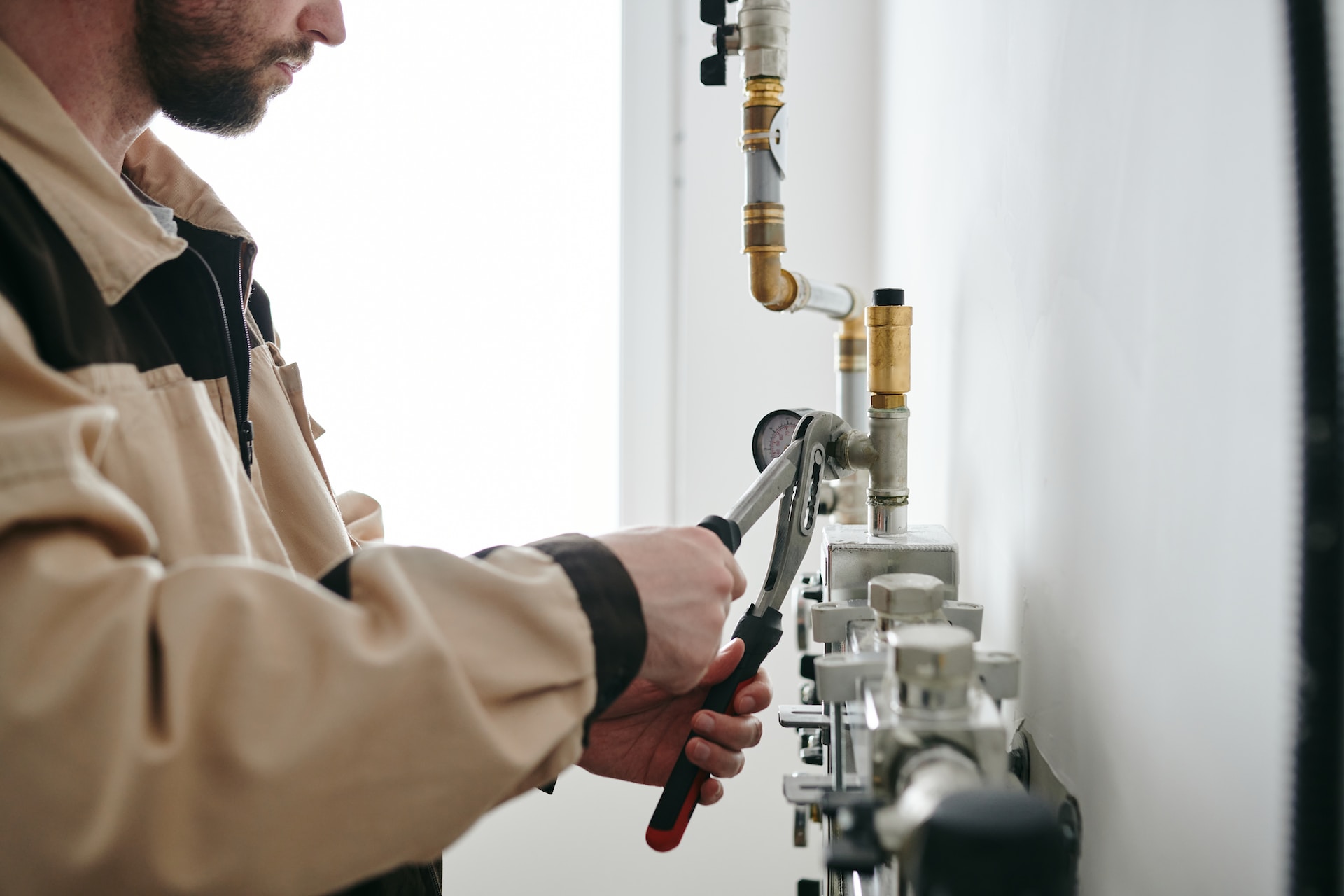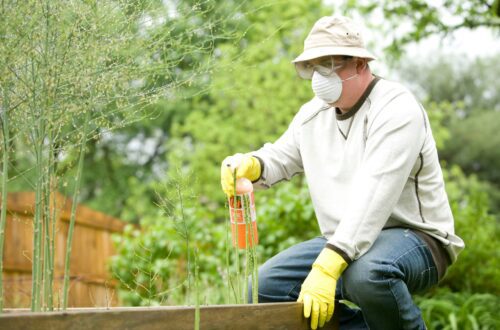When people think of the time-honoured art and science of plumbing, they tend to think of wrenches under the sink repairing plugged kitchen drains or shudder to even mention it, the clearing of stuck toilets. Whilst all of those are certainly part and parcel of the plumber’s expertise, these dedicated technicians actually do a lot more than that! If you need new bathroom or kitchen fixtures or have a leaky pipe in the basement, they are the ones to call.
Suppose you realise there’s water leaking out from under your driveway or garden. You know it’s not a city pipe, but the source is a mystery. So, who do you call? The plumbers in Essendon of course! Their friendly professionals will deploy to the scene where they will implement the latest in plumbing techniques and technology to get to the bottom of your problem (literally in this case)! You can always count on your friendly local plumbers to come to the rescue any time the waters rise at your house.
Another time when we don’t consider the services of a plumber, but should, is directly after a heavy storm when there might be significant water damage to your home and garden. This brings us to our next topic, the back garden where the sewage system can be found.
Plumbers are the experts to call for installing and maintaining sewage systems. The installation of a new system requires several steps:
Determine the Elevations – In most residential areas, the sewer pipe stretches from the house’s foundation down a slope to connect to the city’s main at the street through a connection called a tap. The elevations are measured from the home to the street with traditional surveying equipment, or these days, with a GPS or a laser level.
Calculate the Slope – The elevation numbers are then used to tally up the slope calculations by subtracting the ending elevation from the starting elevation to figure out the total drop. Then the drop is divided by the total run, or length, to yield the slope. A slope that’s too steep will run too fast and promote clogs, whilst a slope that’s too shallow will not provide enough velocity for proper drainage.
Dig the Trench and Lay the Bedding – It’s important the trench be dug in well-compacted dirt and be as narrow as is feasible. The bottom should be compacted, smooth earth, and precisely conform to the slope. Next, a bedding material like sand is laid in the trench to support the pipe. This also allows for any needed adjustments to the slope.
Install the Pipe – The PVC pipe is laid in one section at a time from the low point to the high, where it is then connected to the house and the city main.
Once everything is ready, another layer of sand buries the pipe to form a protective coating, and then the trench is backfilled in layers, each of which is compacted before the next.






